Les circuits imprimés, ou PCB, sont à la base de la plupart des appareils électroniques et sont réalisés grâce au processus de fabrication des PCB. Ils sont fabriqués en superposant de fines feuilles de cuivre sur un substrat non conducteur, puis en éliminant par gravure l'excès de cuivre pour créer le schéma de circuit souhaité.
Les PCB peuvent être très simples, avec seulement quelques traces de cuivre, ou extrêmement complexes, avec plusieurs couches de circuits interconnectés, formant effectivement un maillage en 3D. Le processus de fabrication doit être soigneusement contrôlé afin de garantir que le PCB fini réponde aux spécifications souhaitées, sans contact manquant ou intermittent.
Plusieurs méthodes peuvent être utilisées pour créer le schéma du circuit sur une carte de circuit imprimé. Le choix de la méthode dépend de la complexité du motif souhaité. Les principales méthodes courantes, également utilisées dans les deux vidéos ci-dessous, pour créer des motifs de circuit sur les circuits imprimés sont la photolithographie et la gravure.
Étapes de fabrication des PCB

- La photolithographie est un procédé qui consiste à utiliser la lumière pour créer le motif de circuit souhaité sur le circuit imprimé. Cette première étape du processus de fabrication des circuits imprimés commence par l'application d'une résine photosensible sur la surface du circuit imprimé, qui est ensuite exposée de manière sélective à la lumière ultraviolette à travers un masque qui contient le motif de circuit souhaité. L'exposition durcit le matériau photosensible dans les zones correspondant au dessin du circuit, tandis que les zones non exposées restent souples et sont ensuite enlevées pendant la phase de développement. Cela laisse un motif détaillé du circuit sur la carte, ce qui permet de graver le matériau sous-jacent pour créer des voies conductrices. La photolithographie permet une précision et une répétabilité élevées, ce qui rend possible la production de circuits complexes et denses, essentiels pour les appareils électroniques modernes.
- Gravure : l'étape suivante consiste à graver le cuivre exposé pour créer le motif de circuit souhaité. Il existe de nombreux produits chimiques de gravure différents qui peuvent être utilisés, en fonction du type de cuivre utilisé et des résultats souhaités. Une fois la solution de gravure appliquée, elle réagit avec le cuivre exposé, l'érodant efficacement tandis que les zones protégées restent intactes. Cette méthode permet de créer des circuits complexes de manière précise et efficace, ce qui en fait une étape essentielle dans la fabrication des appareils électroniques. Des techniques et des équipements de gravure avancés ont été développés au fil du temps pour améliorer la précision et réduire l'impact sur l'environnement, améliorant ainsi les capacités et la durabilité de la production de circuits imprimés. Une fois la gravure terminée, la résine photosensible restante est enlevée, laissant derrière elle le schéma de circuit souhaité sur le circuit imprimé.
- L'étape suivante est l'application du masque de soudure, une couche protectrice qui isole les traces de cuivre et empêche les ponts de soudure lors de la mise en place des composants. Cette opération est généralement réalisée par un procédé appelé application de masque de soudure, qui consiste à appliquer un film liquide photo-imageable, puis à le durcir à l'aide d'une lumière ultraviolette.
- Ensuite, le processus de sérigraphie est utilisé pour imprimer les identifiants des composants, les logos ou d'autres marquages nécessaires sur la carte. Ensuite, les cartes sont soumises à un processus de finition de surface, tel que le nivellement de la soudure à l'air chaud (HASL), la dorure par immersion ou d'autres méthodes, afin de préparer les plaquettes de cuivre à la soudure en améliorant leur soudabilité et en les protégeant de l'oxydation.
- Le perçage est une autre étape critique de la fabrication des PCB, où des trous précis sont créés pour les fils des composants et les vias, souvent à l'aide de machines commandées par ordinateur pour garantir la précision. Une fois le perçage terminé, les cartes peuvent être soumises à une métallisation pour recouvrir les trous percés de cuivre, créant ainsi des connexions électriques entre les différentes couches.
- Enfin, les essais électriques garantissent que le circuit imprimé fonctionne comme prévu en vérifiant la présence de courts-circuits, d'ouvertures et d'autres défauts. Chacun de ces processus est essentiel à la production d'un circuit imprimé fiable et de haute qualité, prêt à être assemblé.
Ces étapes sont présentées de manière beaucoup plus détaillée et expliquées dans les deux usines de fabrication de circuits imprimés ci-après, de la prise de commande au contrôle et à l'emballage, ce qui permet d'atteindre les impressionnants KPI suivants
- délai total de livraison entre la prise de commande et l'expédition : 2 à 4 jours
- Plus de 5000 commandes par jour !
et ceci pour des commandes à l'unité, pas nécessairement des clients qui reviennent, pour des pros et des non-pros - ce qui signifie des erreurs potentielles dans la demande -, et quelques contrôles de conception et de qualité au cours du processus. Soyez inspirés !
Au PCBway :

Et ensuite comment son principal concurrent le fait, JLCPCB

Pour plus de détails sur le vocabulaire électronique, les types de circuits imprimés et l'empreinte des composants, reportez-vous à la référence détaillée sur les circuits imprimés et l'électronique Post ou Wikipedia. Fabrication de circuits imprimés page.
Lectures et méthodologies connexes
- Just-In-Time (JIT) inventory management in PCB factories: analyser comment les méthodes d'inventaire JAT peuvent réduire les coûts de stockage et améliorer l'efficacité de la production.
- Logiciel de conception de circuits imprimés : discuter des différents outils logiciels et des techniques de conception des circuits imprimés, y compris la capture des schémas et la conception de l'agencement.
- Sélection des matériaux pour les PCB : examiner les différents matériaux utilisés dans la fabrication des circuits imprimés, tels que le FR-4, le polyimide et le noyau métallique, et leur impact sur les performances et les coûts.
- Gestion thermique des circuits imprimés : étudier les méthodes de gestion de la chaleur dans la conception et la fabrication des circuits imprimés, y compris les vias thermiques, les dissipateurs de chaleur et les matériaux d'interface thermique.
- Techniques de test et d'inspection des circuits imprimés : détailler les différentes méthodes de test et d'inspection, y compris l'inspection optique automatisée (AOI), le test en circuit (ICT) et le test fonctionnel.
- Considérations environnementales dans la fabrication des PCB : discuter de l'impact environnemental de la fabrication des PCB et des méthodes de réduction des déchets et des émissions nocives.
- Technologies avancées de circuits imprimés : explorer les progrès de la technologie des PCB, tels que les PCB flexibles, les PCB HDI (High-Density Interconnect) et les PCB multicouches.
Liens externes sur la fabrication de circuits imprimés électroniques
Normes internationales
Liens d'intérêt
- IPC - Association Connecting Electronics Industries
- IEEE - Institut des ingénieurs électriciens et électroniciens
- IPC-Association de liaison des industries électroniques
- Industrie des services de fabrication de produits électroniques (EMS)
- Initiative nationale pour la fabrication de produits électroniques (NEMI)
(survolez le lien pour voir notre description du contenu)
Glossaire des termes utilisés
Automated Optical Inspection (AOI): un processus utilisant la technologie d'imagerie pour détecter les défauts dans les cartes de circuits imprimés et autres assemblages électroniques en analysant les données visuelles par rapport à des critères prédéfinis, garantissant le contrôle de la qualité et le respect des spécifications.
Computed Tomography (CT): Technique d'imagerie médicale utilisant les rayons X et le traitement informatique pour créer des images en coupe du corps, permettant une visualisation détaillée des structures et tissus internes. Elle améliore les capacités diagnostiques en fournissant des représentations tridimensionnelles à partir de données bidimensionnelles.
Cost Per Click (CPC): Modèle de tarification de la publicité numérique où les annonceurs paient une commission à chaque clic sur leur annonce. Il mesure la rentabilité des campagnes en ligne, calculée en divisant le total des dépenses publicitaires par le nombre de clics reçus.
Just In Time (JIT): une stratégie de production qui vise à réduire les coûts d'inventaire en recevant les marchandises uniquement lorsqu'elles sont nécessaires au processus de fabrication, minimisant ainsi le gaspillage et augmentant l'efficacité.
Key Performance Indicator (KPI): une valeur mesurable qui démontre l’efficacité avec laquelle une organisation atteint ses objectifs commerciaux clés, souvent utilisée pour évaluer le succès dans l’atteinte des objectifs.
Printed Circuit Board (PCB): Carte plate en matériau isolant qui supporte et connecte les composants électroniques par des circuits conducteurs, généralement gravés dans des feuilles de cuivre. Elle sert de base à l'assemblage des circuits et facilite les connexions électriques entre les composants.
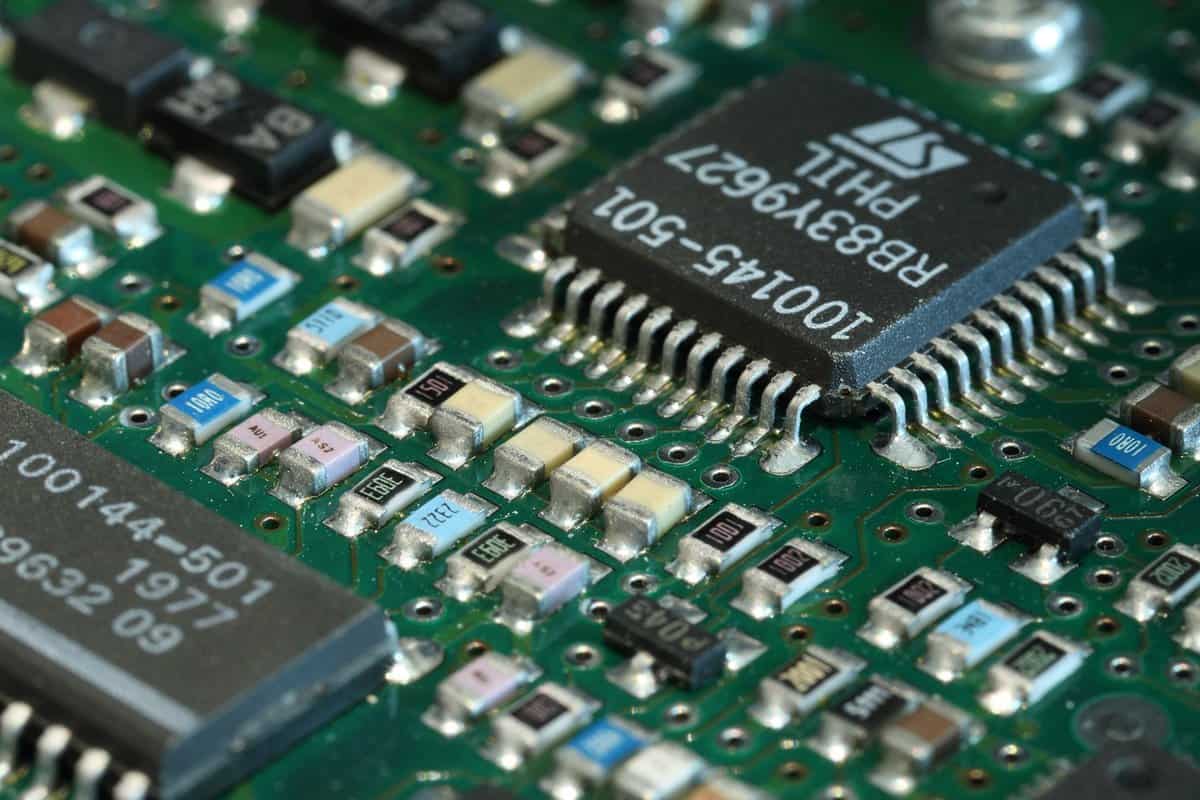

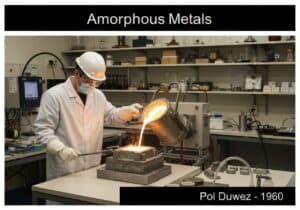
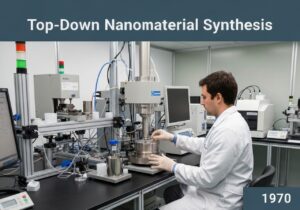
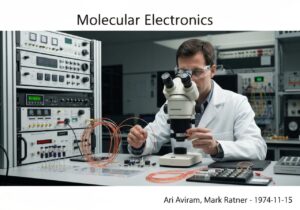
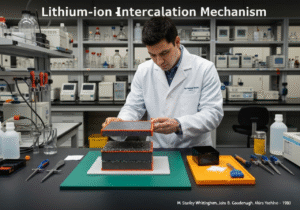

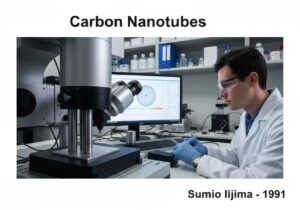
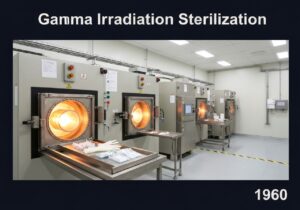
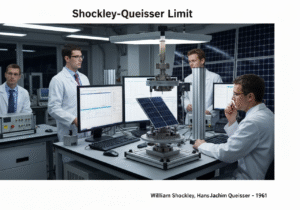
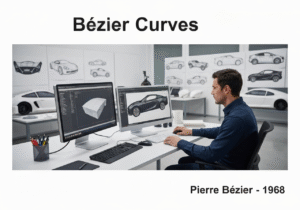
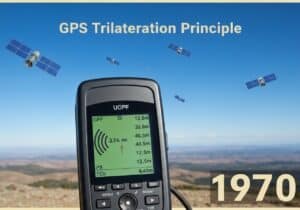
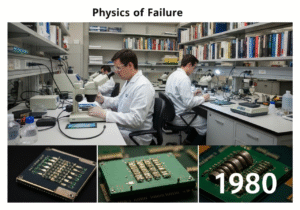
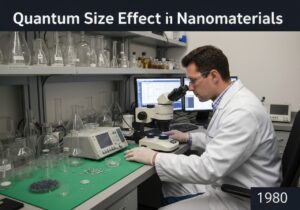

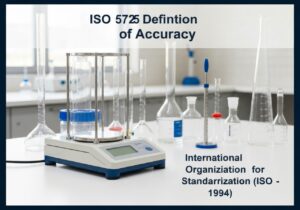
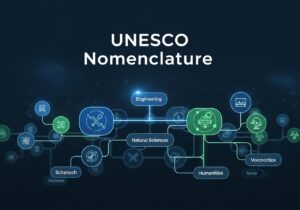
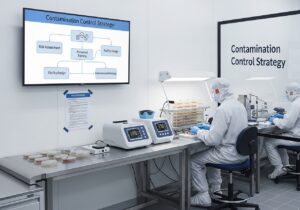
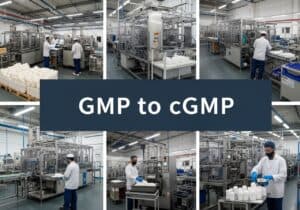


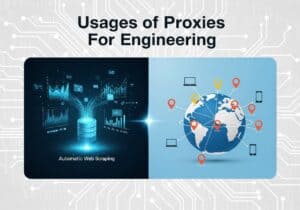


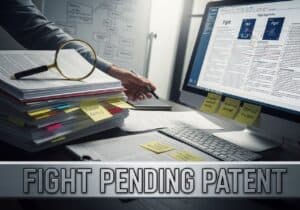
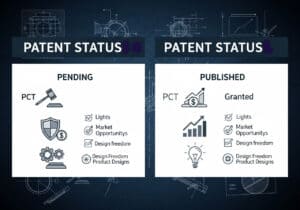
Une lecture intéressante ! Quelqu'un d'autre pense-t-il que les progrès réalisés dans la fabrication des circuits imprimés pourraient perturber les méthodologies traditionnelles ?
Des délais d'exécution aussi courts pour des milliers de commandes quotidiennes ! Et les vidéos sont vieilles ! Il y en a probablement plus maintenant !
L'inclusion des vidéos offre un excellent aperçu visuel des processus complexes permettant d'atteindre une telle précision et une telle vitesse.
Il est fascinant de voir comment le processus complexe de fabrication des circuits imprimés peut être réalisé en seulement 2 à 4 jours avec une efficacité et une précision aussi élevées. Les vidéos de PCBway et de JLCPCB donnent un excellent aperçu de l'industrie et mettent en évidence les capacités impressionnantes des techniques de fabrication modernes !
Lecture intéressante sur la fabrication des circuits imprimés. Mais l'adoption de l'automatisation par l'IA ne permettrait-elle pas d'accélérer le processus et d'améliorer l'efficacité de manière significative ?
Une lecture intéressante, mais n'existe-t-il pas une méthode plus écologique pour éliminer les déchets de PCB ? Quelle est la norme industrielle ?